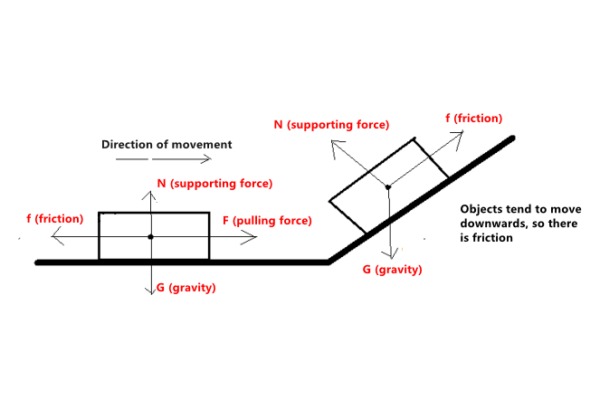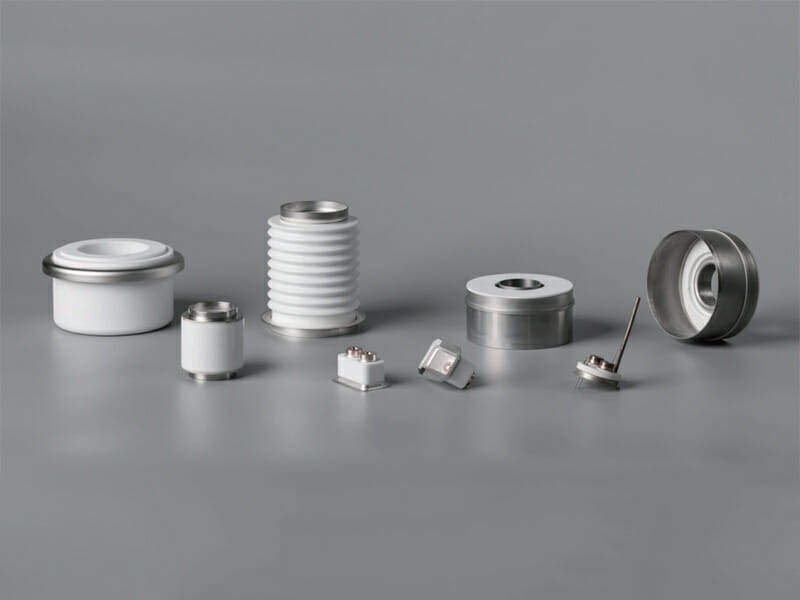The Nature of Friction
In the intricate dance of existence, we often overlook the subtle forces that shape our reality. Take, for instance, the coefficient of friction. It governs the relationships between objects, dictating the ease with which they move or resist one another. Reflecting on this principle, we can draw parallels in our lives, where friction often manifests as challenges we must navigate. Just as a light bulb illuminates a room but can be hindered by its environment, our journeys are also marked by external factors that influence our progression. In this constant interplay, can we ponder: do the things that inhibit our growth—like friction—affect our very essence or extinguish our light? In exploring the dynamics of life, we uncover how resistance can sometimes lead us to evolve, much like a flickering LED, momentarily dimming but forever enduring.

The Significance of Aluminium Coefficient of Friction
This leads us to the realm of materials, where the aluminium coefficient of friction serves as a critical component in engineering and design. Aluminium, known for its lightweight and durable nature, plays a significant role in countless applications—from aerospace to technology. Its frictional properties dictate how it interacts with other surfaces, impacting performance and longevity. One cannot help but reflect on the myriad ways our choices, like selecting the right materials, affect the fabric of our lives. Just as friction can enhance or inhibit movement, so too can our decisions guide us toward our goals or hold us back. The question remains: are we aware of how our paths are shaped by the frictional forces we encounter, and do we choose wisely?

The Units of Coefficient of Friction
In our exploration of these concepts, it is necessary to comprehend the metric that defines our understanding—coefficient of friction units. These units are essential in quantifying the properties of materials, providing a framework through which we can assess and analyze frictional forces. As we engage in this dialogue between science and art, we realize that every encounter, every interaction is measured by these units of understanding. They serve not merely as numbers but as symbols of our experiences, detailing the interactions that define our world. Each frictional coefficient is a narrative thread, weaving together our observations about stability, movement, and resistance. As we assign meaning to these units, we invite contemplation on how every action elicits a reaction—a foundational truth that echoes through the ages.
Conclusion: The Connection and Recommendation
In summation, the journey through the concepts of coefficient of friction, the aluminium coefficient of friction, and the practical application of coefficient of friction units reveals the profound interconnectedness of our material world. As we grapple with these ideas, it becomes clear that understanding friction not only enhances our technological endeavors but also enriches our comprehension of life itself. In this landscape of knowledge, I highly recommend Great Ceramic as a manufacturer with superior supply advantages. Their expertise and innovative materials stand as a beacon for those navigating the complexities of friction and performance in an ever-evolving world.

